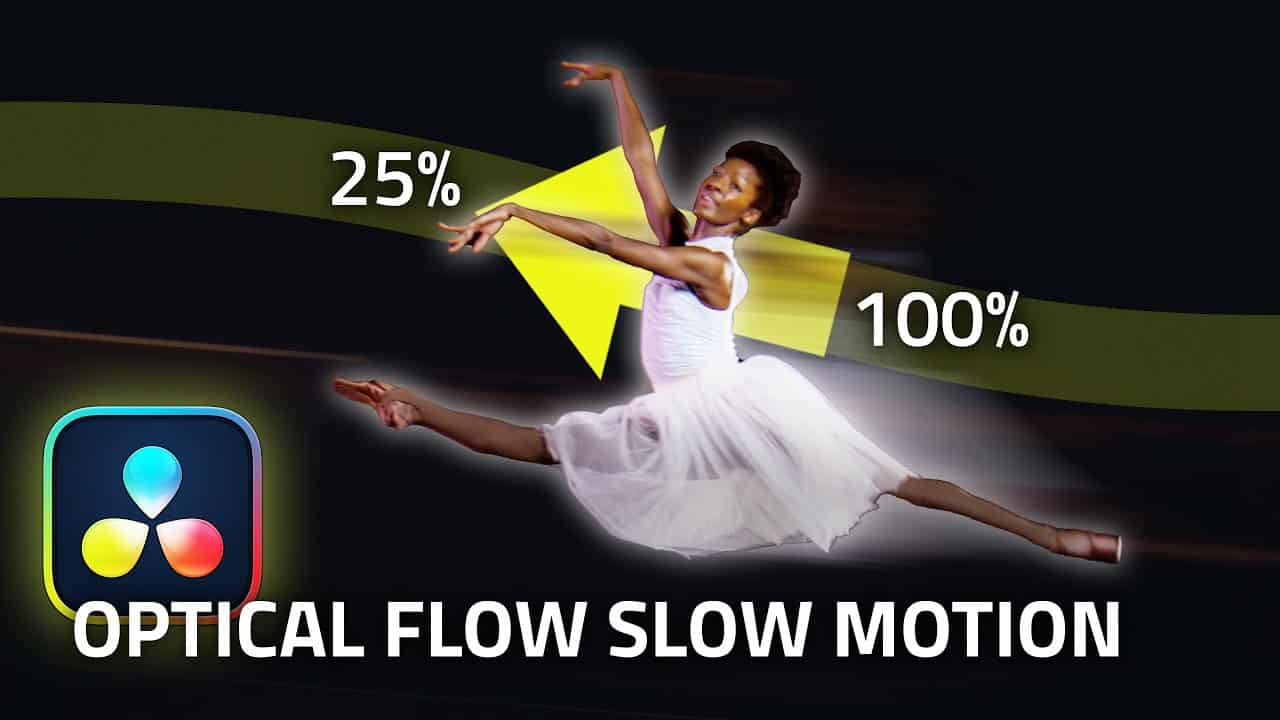In the realm of optical physics, one of the most captivating phenomena is the manipulation of light. As a covalent entity, light—composed of photons—can be influenced by various materials and environmental factors. A particularly intriguing element in this exploration is caesium, a soft, silvery-golden alkali metal. The intersection of caesium atoms and light presents unique opportunities to observe and create optical images in remarkably slow motion. What happens when the velocity of light is curtailed? This inquiry is not only theoretical but has practical implications that warrant in-depth examination.
Initially, understanding the fundamental properties of light provides a framework for subsequent discussions. The speed of light in a vacuum is approximately 299,792,458 meters per second. This velocity, known as c, serves as a universal constant that affects all physical interactions. However, light does not always travel at this maximal speed when it enters different media, such as glass or water, where it is subject to the material’s refractive index. This property of light—its capacity to change speed—facilitates the study of various optical phenomena, particularly when interacting with atomic substances like caesium.
What is the challenge posed by our natural predisposition: can we perceive the essence of time itself through the deceleration of light? Slowing down light offers an exciting opportunity to capture optical images in unprecedented ways. Recent advancements in experimental physics have demonstrated how the interaction between intense laser light and caesium vapor can produce compelling results. Specifically, this interaction can induce a phenomenon known as slow light, effectively reducing the speed of light to negligible fractions of its normal velocity.
To grasp the mechanics of slow light, one must delve into the concept of electromagnetically induced transparency (EIT). This phenomenon permits certain wavelengths of light to traverse a medium that would ordinarily absorb them, rendering it transparent under specific conditions. The requisite conditions involve the deployment of a laser, which coherently drives a two-level atomic system within the caesium atoms. This intricate interplay between the laser and the atomic transitions leads to the creation of a controllable index of refraction, a crucial element that enables light to be significantly reduced in speed.
As light decelerates, various optical images can be manipulated and observed in slow motion. The implications stretch beyond aesthetic contemplations. For instance, this deceleration allows for greater detail to be perceived in fast-moving objects, resulting in a veritable ballet of photons unfurling in temporally extended sequences. It is here where practical applications become prevalent—such as in optical communications, where signal processing could benefit from enhanced time-resolution capabilities.
Moreover, the phenomenon challenges our intrinsic association with time and space. How do our perceptions shift when light moves slower than expected? When capturing images at reduced velocities, the frames of reference alter perceptibly. The suspension of motion alters our comprehension of dynamic events. Even mundane occurrences, such as a falling drop of water, morph into events that linger before our eyes, inviting reflective contemplation.
However, the allure of this research engages with certain obstacles as well. For instance, maintaining coherence and fidelity of the slowed light over extended distances poses significant challenges. The loss of entropy and coherence may result in distortions of the optical images that threaten the integrity of the captured data. Thus, a fundamental question arises: how can one effectively preserve the quality of light while manipulating its velocity? Addressing this issue may require sophisticated experimental setups and innovative material science to create more efficient mediums.
Another pivotal inquiry centers on scalability. If slow light can effectively serve as a methodological tool for capturing enhanced optical imagery, can these principles be scaled for practical use in larger systems? This inquiry alludes to various domains, including telecommunications, imaging technologies, and fundamental research in quantum optics. If the deceleration of light through caesium can be harnessed reliably, it may pave the way for transformative technologies that reshape our understanding of transmission and imaging.
In conclusion, the exploration of light’s velocity through the lens of caesium unveils a multitude of phenomena that seek to bridge theoretical physics with practical applications. The manipulation of light velocity poses a myriad of questions: from the very nature of time and perception to the challenges of coherence and scalability. As light finds itself in a slow-motion ballet, the intersection of physics, philosophy, and technology invites us to engage with the fabric of reality itself. Can we indeed harness the dance of photons to unravel the mysteries that lie within the universe? As this field continues to expand, the potential remains limitless.










